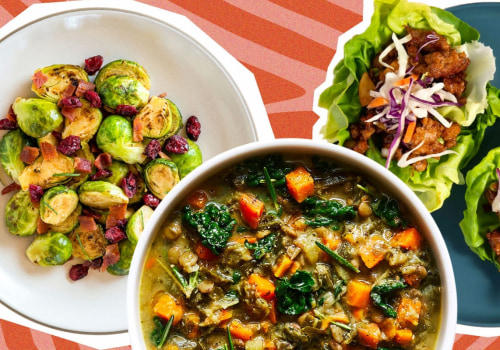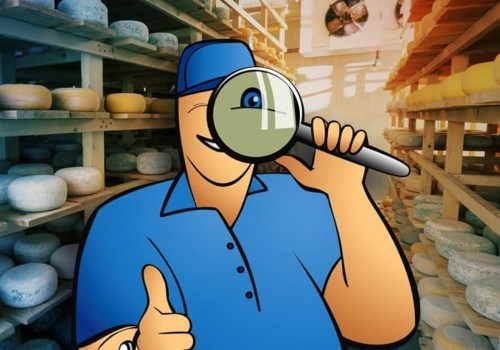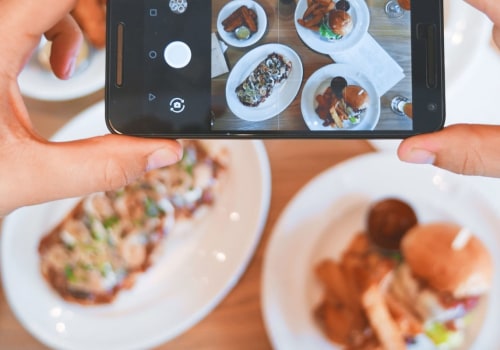Food can tell us a lot about a society of the past and the present, including what people lived on and how they managed to create a food supply, often under difficult circumstances. Several important historical events have been dictated by changes in food tastes, such as the “sugar rush”. So how do Americans actually eat, and how has that changed over time? We analyzed data from the USDA's Food Availability Data System (per capita), or FADS, to find out. Specifically, we use food availability adjusted to account for waste, spoilage and other losses as an indicator of consumption.
The Food Network television network started with a small budget, but within 15 years it became a giant company that changed the United States' ideas about food and cooking, and turned chefs into the coolest people on the planet. Organizations such as the Red Cross and the World Food Programme are dedicated to ensuring that much-needed food deliveries reach the line of fire. Chains such as Panera Bread, Shake Shack and Chipotle have helped introduce the so-called fast and informal restaurant concept, which is based on freshly prepared food with quality ingredients that cost only nominally more than fast food in terms of money and time. Nearly all members of Generation X are familiar with the Food Pyramid, a graphic produced by the government designed to show the type and proportions of foods that Americans should eat to stay healthy.







Leave a Comment